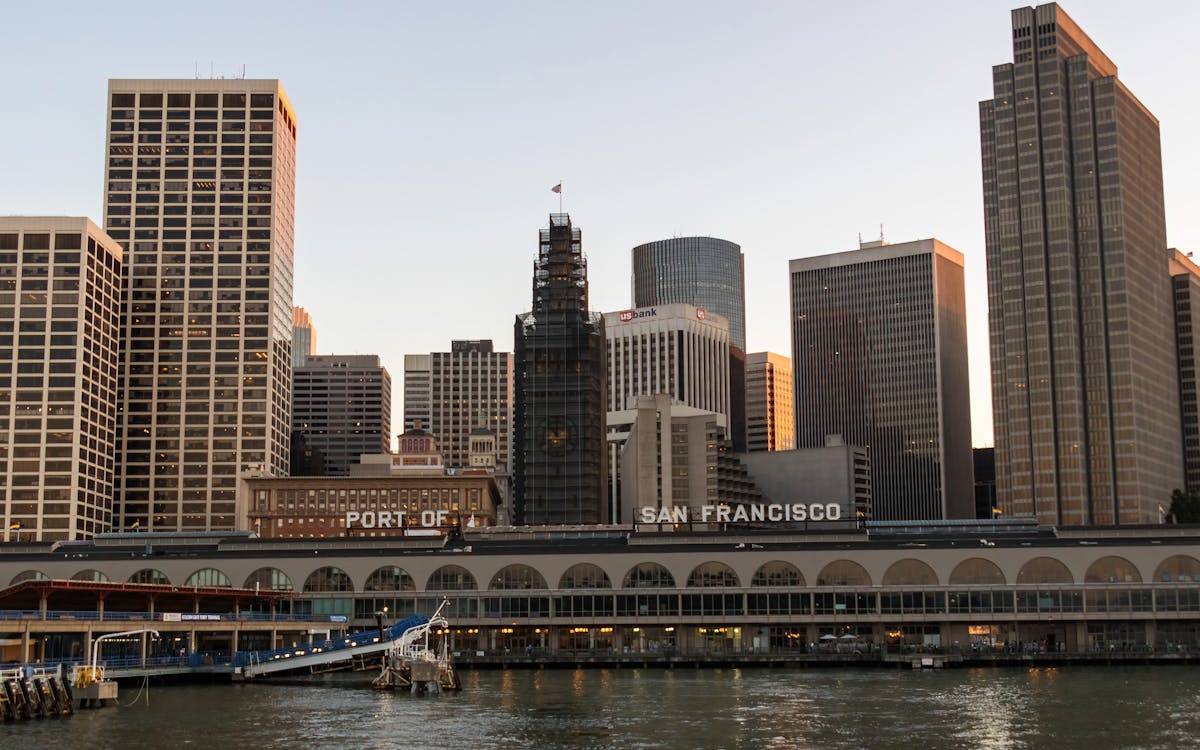
Why Restoration Matters More Than Ever in the Bay Area
Over the last few decades, the San Francisco Bay has weathered the impact of metropolitan growth, industrial advancement, and climate change. As soon as including wildlife and lush marshes, many of the bay's all-natural ecosystems have actually been fragmented or broken down. Yet amidst these challenges, something remarkable is taking place: regional residents, volunteers, and grassroots campaigns are leading a wave of ecological remediation that's bringing brand-new life back to the Bay.
Repair isn't practically growing trees or cleaning up garbage, though those efforts are essential. It's concerning reconstructing the structures of life, from marsh lawns that support fish baby rooms to coastline buffers that defend against flooding. And in this region, the power of neighborhood participation is turning the trend very reasonably.
From Marshland to Miracle: The Return of Native Habitats
Among the most noticeable changes occurring in the Bay Area is the re-emergence of indigenous habitats. Wetlands that were when drained pipes or paved over are being rehydrated and replanted. Lawns and hedges indigenous to the region are being grown by area groups, who usually depend on regional volunteers to aid grow plants and handle regulated growing occasions.
These native plants do more than add greenery to the landscape. They use haven to migratory birds, pollinators, and small mammals, producing pockets of biodiversity amidst active city areas. As these environments expand, so does the ecological health of the Bay itself. When regional citizens take time out of their weekends to get their hands in the soil, they're not just planting-- they're participating in the remediation of a living, breathing ecological community.
The Role of Education in Fostering Environmental Stewards
Education and learning plays an essential part in why these community-led efforts are working so well. Schools, neighborhood facilities, and not-for-profit teams are organizing hands-on discovering experiences where participants of all ages can understand the scientific research and value of reconstruction. These programs usually bring individuals in person with problems like erosion, air pollution, and water level rise-- subjects that can really feel abstract until they're seen up close.
When someone sees the fragile balance of a tidewater or discovers how a solitary plant types can filter toxins from the water, the worth of that knowledge comes to be individual. And with that understanding comes the inspiration to act. Bring back ecosystems comes to be less of a job and more of a goal. This deep connection to regional areas is what establishes the Bay Area apart and fuels the lasting success of these efforts.
Harnessing the Digital World to Drive Real-World Change
Remarkably, the press to heal the Bay's environments isn't happening in isolation from the electronic globe. Innovation is coming to be an effective tool in rallying support, spreading out awareness, and linking neighborhoods. Whether via citizen science applications that track indigenous varieties or neighborhood online forums arranging reconstruction events, the online area is enhancing boots-on-the-ground action.
In recent years, even local outreach methods have actually advanced. As an example, a social media marketing agency in the Bay Area might support ecological projects by assisting volunteers enhance their impact, tell their tales, and motivate others to get involved. These electronic touchpoints have the power to transform a tiny weekend break cleanup right into a local movement merely by allowing people recognize it's occurring-- and that it matters.
Email Campaigns That Inspire and Inform Local Change-Makers
An additional electronic technique making a substantial distinction is email interaction. Updates about reconstruction events, seasonal growing efforts, and contribution drives are commonly shared with carefully crafted e-newsletters that strike an equilibrium between being informative and find here motivating. It's not unusual for a well-timed campaign from an email marketing agency in San Francisco to bring a thrill of volunteers or contributions to a project in need.
These email campaigns aren't simply transactional-- they're transformative. By enlightening subscribers about the direct effect their participation has, they support long-term engagement. Visitors involve seem like stakeholders in the health of their region, and that emotional connection equates to lasting commitment.
The Unseen Work of Connecting Data, Communities, and Nature
Behind every effective reconstruction task exists an intricate internet of coordination. There's research to understand what habitats need most, community feedback to shape comprehensive strategies, and follow-up surveillance to ensure success. This kind of recurring initiative usually calls for not simply heart, however data, technique, and communication.
That's where the support of a digital marketing company in the Bay Area can make a quiet yet vital difference. By aiding organizations construct strong digital systems, gather understandings, and refine their messaging, these groups allow community teams to scale their impact. The outcome is a more linked and efficient activity, where every action counts, and everyone feels like they're part of something larger.
The Power of People in Preserving the Bay's Future
If there's something the Bay Area has actually shown, it's that reconstruction doesn't need to begin with huge establishments or enormous spending plans. It can begin with one next-door neighbor drawing weeds from a trail, one trainee growing a native sapling, or one family members showing up to a shoreline cleaning. These tiny actions accumulate, specifically when they're sustained by smart methods and shown to the broader neighborhood.
There's something distinctly enthusiastic about seeing the tides turn-- both figuratively and actually-- for nature. The Bay is much from totally restored, but it's being restored everyday via the perseverance and treatment of those that call this area home. With each marsh rebuilt and each indigenous varieties shielded, we're not simply recovering ecosystems-- we're picturing what's possible when communities lead with purpose.
Keep following this blog for more stories on local change, area effect, and the methods you can be part of securing the natural charm that surrounds us.